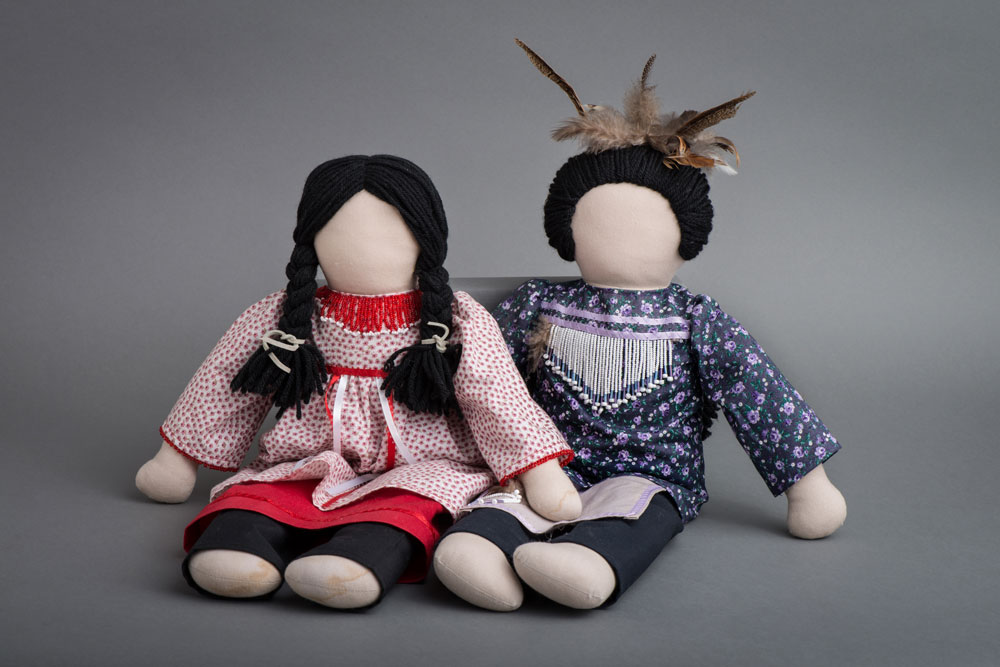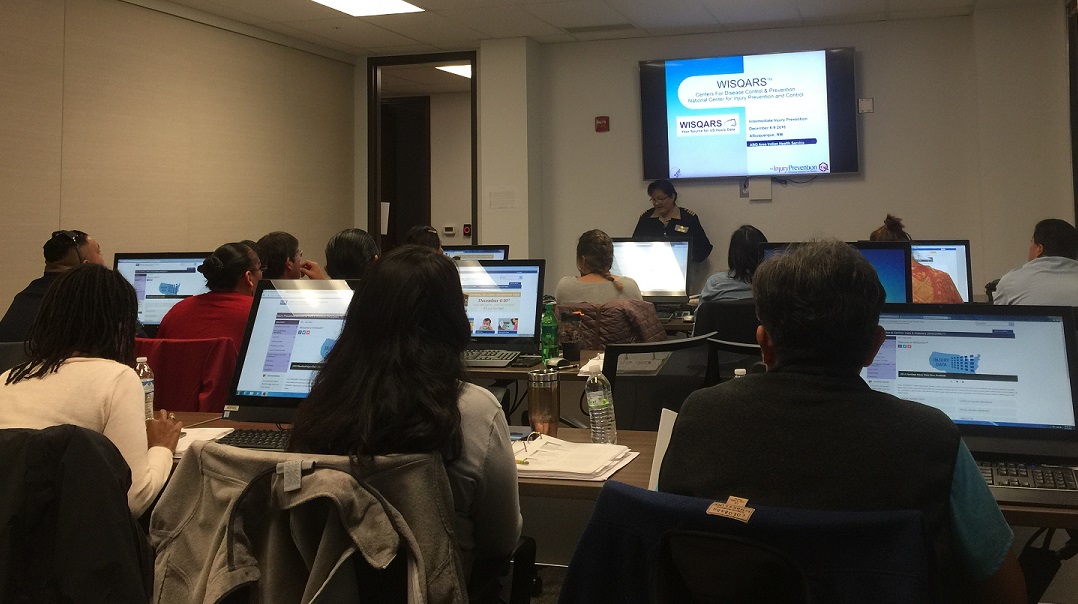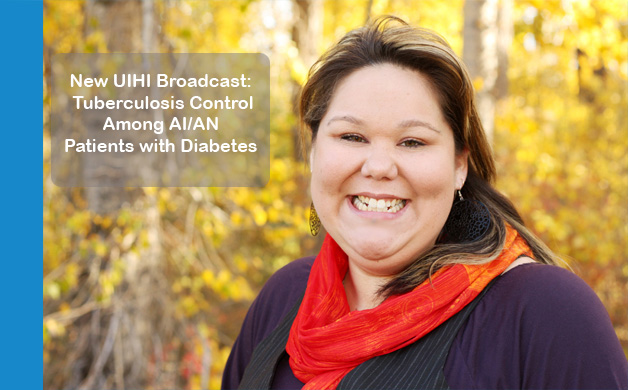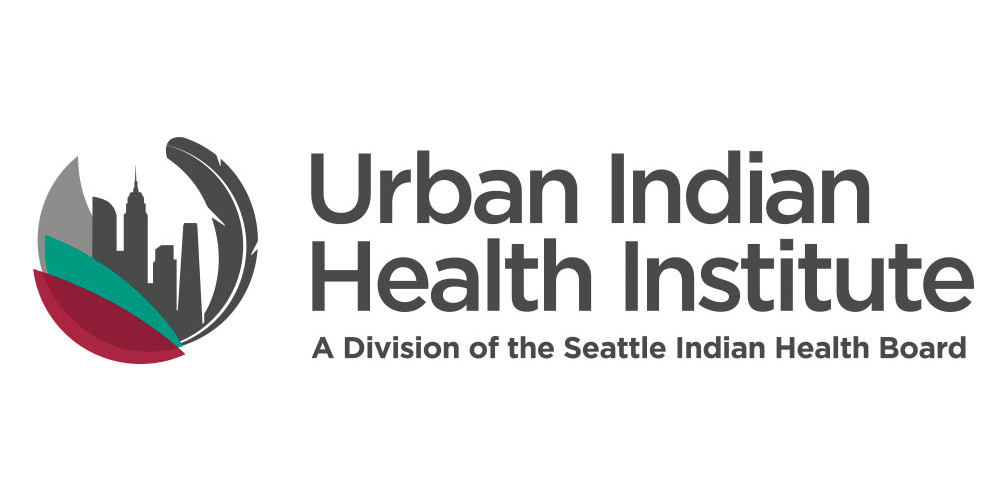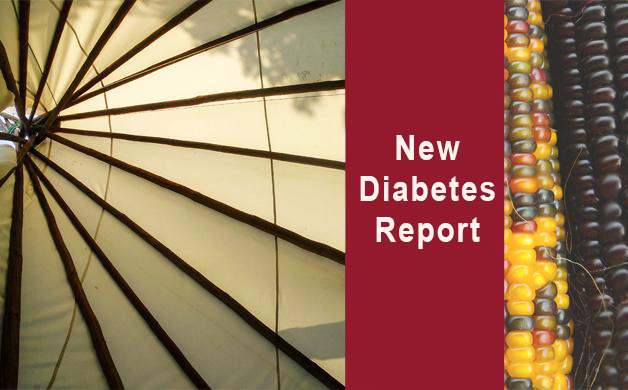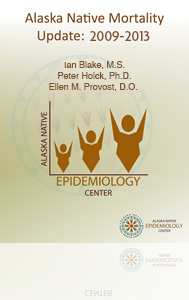In order to facilitate in-depth discussions and better understand the advisory committee’s logic in identifying priorities, the TEC staff utilized an online polling system that allowed for real-time voting via text messaging (https://www.polleverywhere.com).
Prior to the meeting, TEC staff reviewed grant requirements and previous advisory committee input to develop a list of proposed activities for the 2016-17 grant year.
- Which of these has been or will be the most useful to you?
- Which of these best tie into your Tribal Nation goals?
- Which of these is least useful to you?
The poll displayed immediate visual results, allowed committee members to make changes to their answers, and prompted discussion of the results. Based on the responses, the TEC was able to dig deeper and ask probing questions such as:
- Why has a particular activity been the most/least useful to you?
- Is there something the TEC can do to make an activity even more useful?
- How can the TEC make an activity better align with your overall Tribal Nation goals?
This method allowed TEC staff to learn many important details regarding the needs of the Tribal Nations. Advisory committee members reported that they liked the format, and the TEC staff felt that they were more engaged in the meeting than ever before.
The TEC staff is now well positioned to meet these needs and to help improve health among the Tribal Nations for the upcoming grant year. The TEC plans to utilize the online polling system in future meetings to engage the audience for more in-depth discussions and to make the decision-making process more productive.

